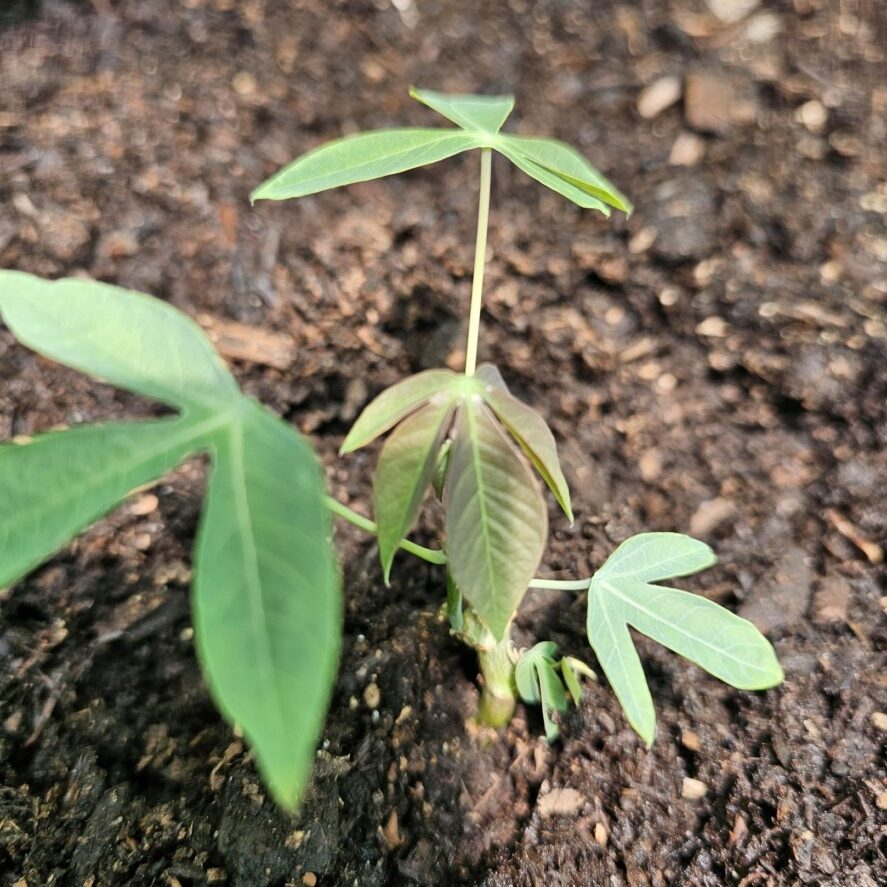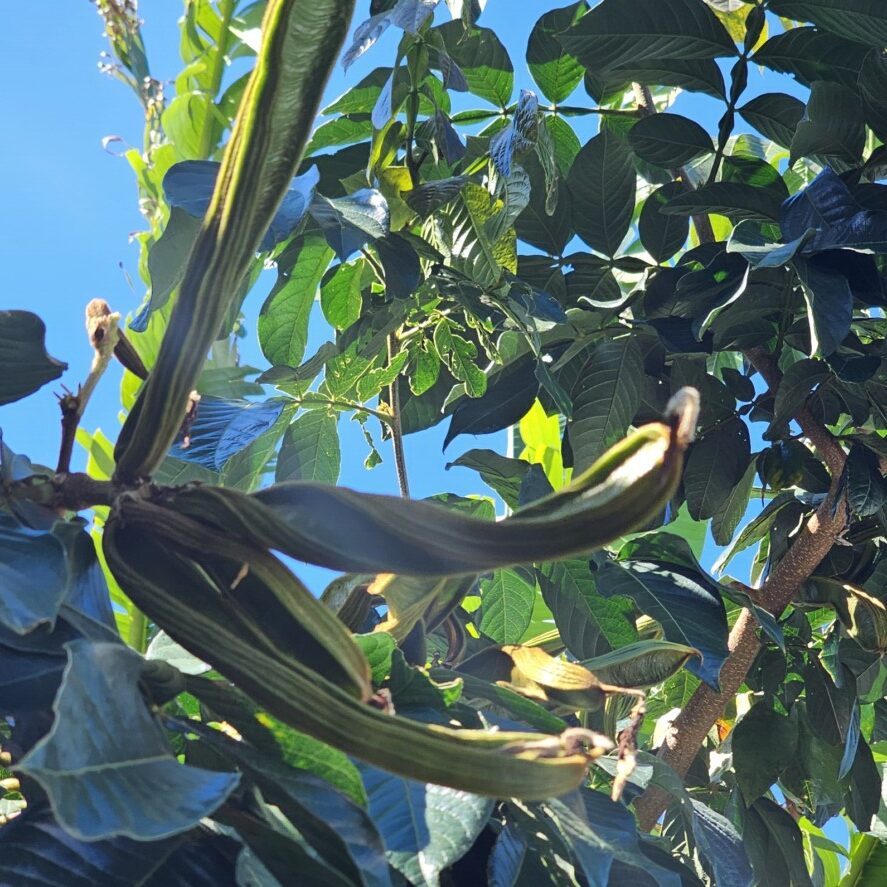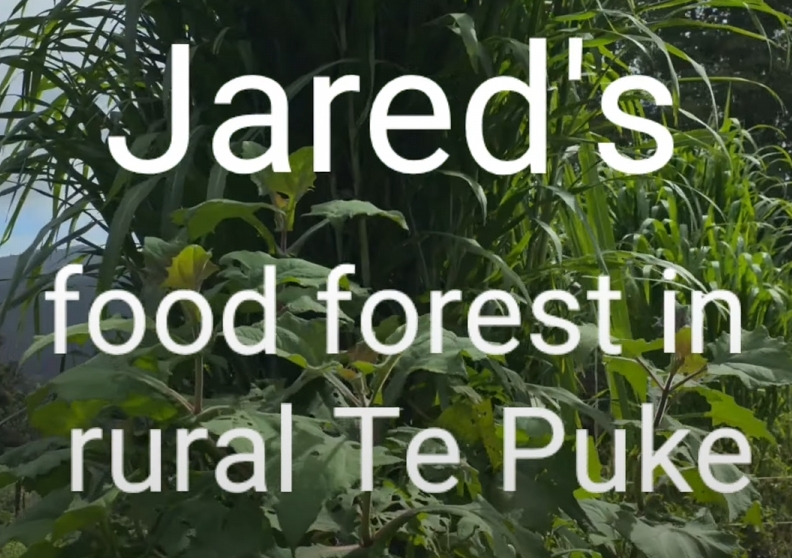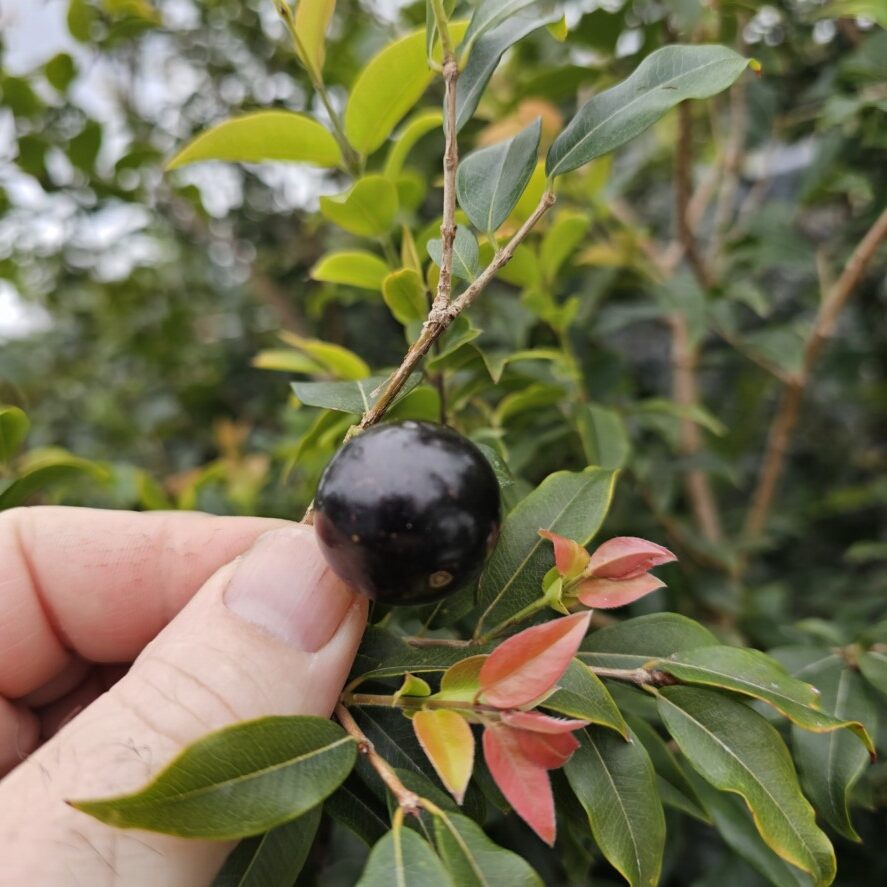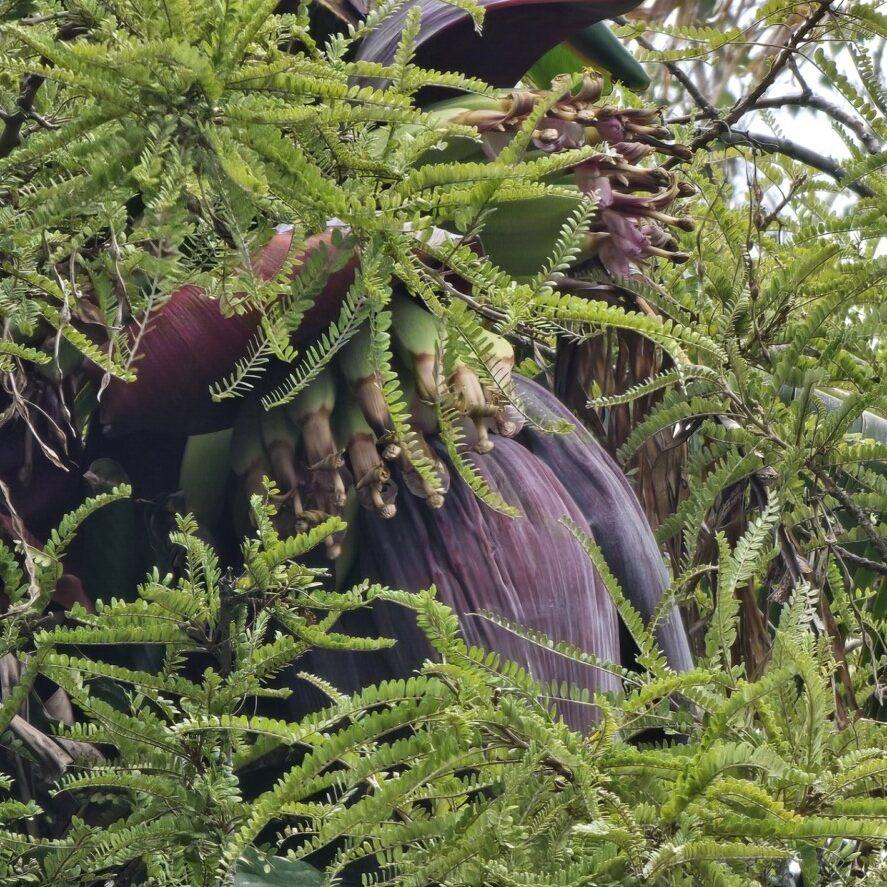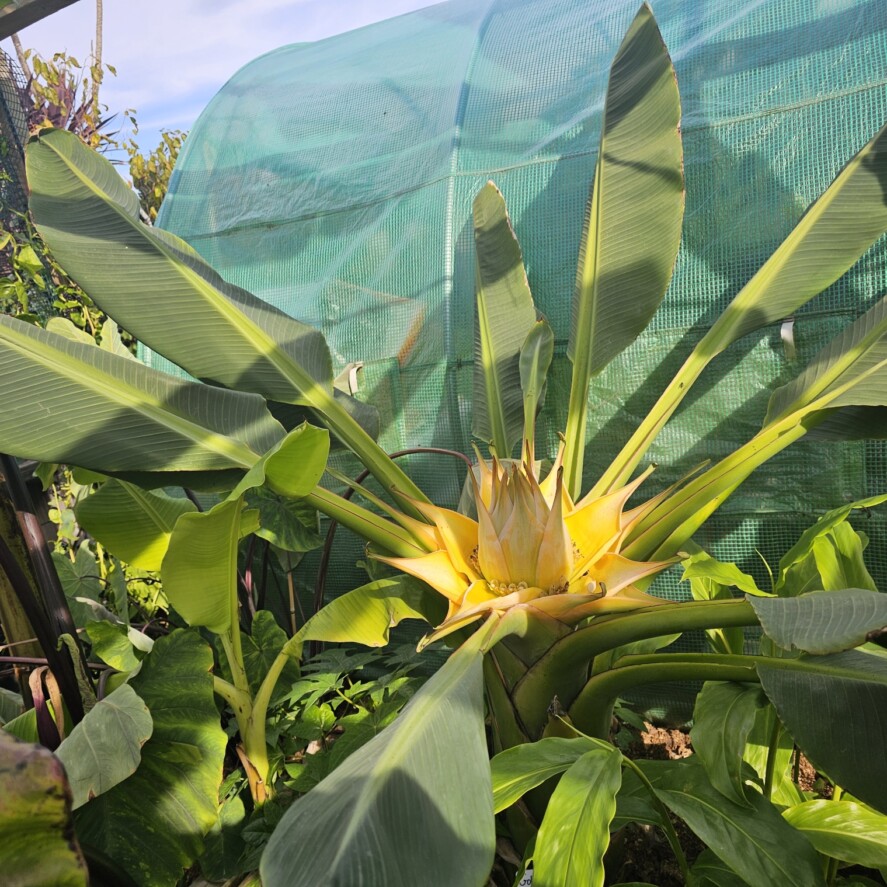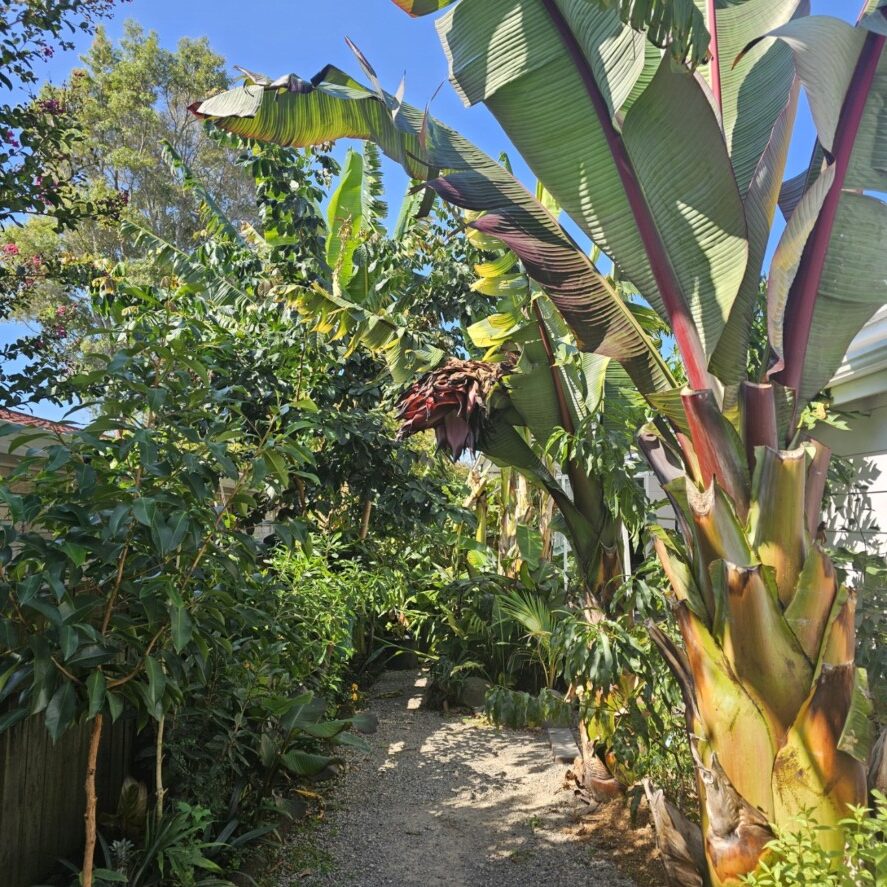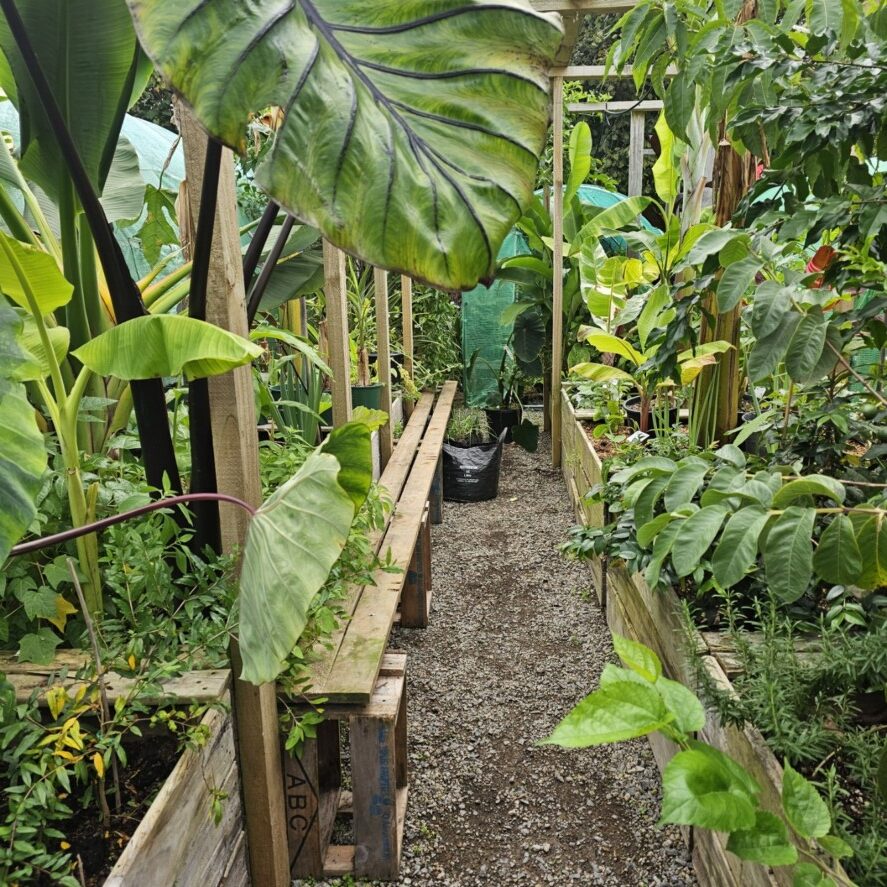-
Troppo Plant & Garden Articles
- Te Puke Region
- TROPPO’s Food Forest in Te Puke, BOP (www,foodforest.org.nz)
- Troppo’s Plant Collection
- TROPPO's Nursery Directory
- Food Forests of New Zealand (www.foodforests.nz)
- Nursery Map - Plant Suppliers of NZ Directory (www.nurserymap.nz)
- Kids Garden Corner
- New Zealand Garden Bird Survey
- New Zealand Garden Groups
- Delicious Recipes
Composting Secrets for a Nutrient-Rich Food Forest in Your Backyard
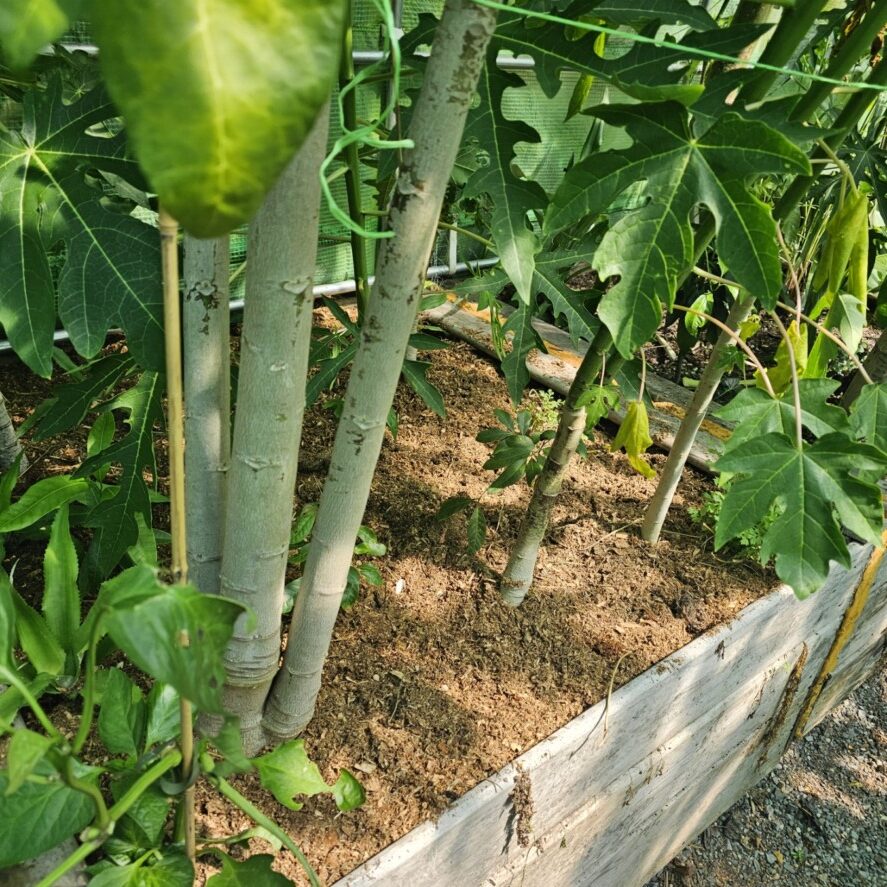
Imagine stepping into your backyard and being greeted by a thriving food forest – lush greenery, vibrant flowers, and the promise of delicious, homegrown fruits, vegetables, and herbs. It sounds like a dream, right? Well, one of the biggest secrets to making this dream a reality lies right under your nose (and maybe a bit under your feet!): composting.
Composting isn’t just about getting rid of kitchen scraps; it’s a powerful way to create a natural, nutrient-rich fertilizer that will supercharge your food forest, making your plants healthier, more productive, and less reliant on artificial chemicals. Think of it as creating your own black gold!
This guide will walk you through the composting secrets you need to know to build a thriving food forest, even if you’ve never composted before. We’ll keep it simple and easy to understand, so you can get started with confidence.
Why is Composting a Food Forest’s Best Friend?
Before we dive into the “how-to,” let’s understand the “why.” Composting offers a heap of benefits for your food forest:
- Nutrient Powerhouse: Compost is packed with essential nutrients that plants need to grow strong and healthy. It’s like giving your plants a balanced and delicious meal.
- Improved Soil Structure: Compost helps to loosen heavy clay soils, allowing for better drainage and root growth. In sandy soils, it helps retain moisture and nutrients. Think of it as making your soil more like the perfect sponge.
- Water Retention: Compost acts like a sponge, holding onto water and releasing it slowly to your plants. This means less watering for you and happier, less stressed plants, especially during those hot Te Puke summers.
- Suppressed Diseases and Pests: Healthy soil, thanks to compost, leads to stronger plants that are naturally more resistant to diseases and pests. It’s like building a strong immune system for your garden.
- Reduced Waste: Composting turns your kitchen scraps and garden waste into a valuable resource, reducing the amount of rubbish you send to the landfill. It’s a win-win for your garden and the environment.
- Microbial Magic: Compost teems with beneficial microorganisms – tiny living things that help break down organic matter and make nutrients available to your plants. They’re the unsung heroes of your soil.
Your Simple Guide to Composting Success:
Getting started with composting doesn’t need to be complicated. Here’s a straightforward approach:
1. Choose Your Composting Method:
There are several ways to compost, and the best one for you will depend on your space, time, and the amount of waste you generate. Here are a few popular options:
- Simple Pile: This is the easiest method. Just create a heap of your composting materials in a corner of your garden. It’s low-tech but can take longer to break down and might not look the tidiest.
- Compost Bin: You can buy a ready-made compost bin or build your own using wood, plastic, or even old pallets. Bins help contain the compost and can speed up decomposition.
- Worm Farm (Vermicomposting): This method uses worms to break down food scraps. It’s great for smaller spaces and produces a very rich compost called worm castings.
- Bokashi System: This anaerobic (without air) method ferments food scraps in a sealed bucket before burying them in the soil. It’s a good option for dealing with cooked food and dairy in small quantities.
For a backyard food forest, a simple pile or a few compost bins are often the most practical choices.
2. Gather Your “Ingredients”: The Browns and Greens:
Think of your compost pile as a balanced meal for those hard-working microorganisms. They need a mix of “browns” (carbon-rich materials) and “greens” (nitrogen-rich materials):
-
Greens (Nitrogen): These are your wetter, fresher materials:
- Kitchen scraps: Fruit and vegetable peels, coffee grounds, tea bags (without the plastic tag), eggshells.
- Fresh grass clippings (use sparingly as too much can become slimy).
- Weeds (before they go to seed).
- Manure from herbivores (like cows or chickens).
-
Browns (Carbon): These are your drier, more woody materials:
- Dried leaves.
- Straw and hay.
- Cardboard (torn into small pieces, no glossy coatings or tape).
- Paper (not glossy or heavily printed).
- Small twigs and wood chips.
The Secret Ratio: Aim for roughly a 2:1 ratio of browns to greens. Too many greens can make your compost smelly, while too many browns will slow down decomposition.
3. Layer It Up (Like a Compost Lasagna!):
When building your compost pile or filling your bin, try to layer the browns and greens. This helps to create good airflow and a balanced environment for decomposition. You can alternate layers of leaves, kitchen scraps, and grass clippings, for example.
4. Keep it Moist (But Not Soggy):
Your compost pile should be about as damp as a wrung-out sponge. If it’s too dry, the microorganisms won’t be able to do their work. If it’s too wet, it can become smelly and anaerobic. Add water if it looks dry, and add more brown materials if it’s too wet.
5. Give it Air (Turn, Baby, Turn!):
Turning your compost pile regularly helps to aerate it, which speeds up decomposition and prevents it from becoming smelly. Aim to turn your pile every few weeks, or more often if you want faster results. A pitchfork or shovel works well for this.
What NOT to Compost:
To keep your compost healthy and avoid attracting pests or spreading diseases, avoid adding these items:
- Meat, fish, and dairy products (can attract pests and cause odors).
- Greasy foods.
- Diseased plants.
- Weeds with mature seeds.
- Coal or charcoal ash.
- Synthetic materials (plastics, fabrics).
- Pet waste (can contain harmful pathogens).
- Treated wood.
Harvesting Your Black Gold:
After a few months (depending on your method and the materials you used), your compost will transform into a dark, crumbly, earthy-smelling material. This is your finished “black gold”! It will be significantly smaller in volume than the original materials.
Using Your Compost in Your Food Forest:
Now for the exciting part! Here’s how to use your nutrient-rich compost to benefit your food forest:
- Soil Amendment: Mix compost into your garden beds before planting to improve soil structure and fertility.
- Mulch: Spread a layer of compost around your plants to help retain moisture, suppress weeds, and slowly release nutrients.
- Top Dressing: Sprinkle compost around the base of established plants to give them a boost of nutrients.
- Compost Tea: Steep finished compost in water to create a nutrient-rich liquid fertilizer that you can pour directly onto your plants’ roots or spray onto their leaves.
Composting is a Journey, Not a Destination:
Don’t be discouraged if your first attempt isn’t perfect. Composting is a learning process. Observe your pile, adjust your ratios of browns and greens, and experiment with different methods. With a little practice, you’ll be creating your own fantastic fertilizer and nurturing a thriving, nutrient-rich food forest right in your Te Puke backyard. Happy composting!
#Composting #FoodForest #BackyardGardening #OrganicGardening #SustainableLiving #GrowYourOwn #Homegrown #SoilHealth #NutrientRich #TroppoNZ

